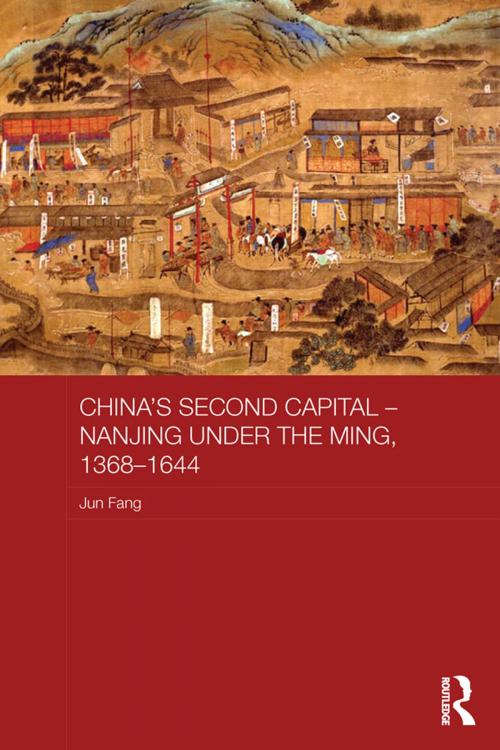China's Second Capital - Nanjing under the Ming, 1368-1644
Nonfiction, Social & Cultural Studies, Social Science, Cultural Studies, Ethnic Studies| Author: | Jun Fang | ISBN: | 9781135008444 |
| Publisher: | Taylor and Francis | Publication: | May 23, 2014 |
| Imprint: | Routledge | Language: | English |
| Author: | Jun Fang |
| ISBN: | 9781135008444 |
| Publisher: | Taylor and Francis |
| Publication: | May 23, 2014 |
| Imprint: | Routledge |
| Language: | English |
This book is a study of the dual capital system of Ming dynasty China (1368-1644), with a focus on the administrative functions of the auxiliary Southern Capital, Nanjing. It argues that the immense geographical expanse of the Chinese empire and the poor communication infrastructure of pre-modern times necessitated the establishment of an additional capital administration for effective control of the Ming realm. The existence of the Southern Capital, which has been dismissed by scholars as redundant and insignificant, was, the author argues, justified by its ability to assist the primary Northern Capital better control the southern part of the imperial land. The practice of maintaining auxiliary capitals, where the bureaucratic structures of the primary capital were replicated in varying degrees, was a unique and valuable approach to effecting bureaucratic control over vast territory in pre-modern conditions. Nanjing translates into English as "Southern Capital" and Beijing as "Northern Capital".
This book is a study of the dual capital system of Ming dynasty China (1368-1644), with a focus on the administrative functions of the auxiliary Southern Capital, Nanjing. It argues that the immense geographical expanse of the Chinese empire and the poor communication infrastructure of pre-modern times necessitated the establishment of an additional capital administration for effective control of the Ming realm. The existence of the Southern Capital, which has been dismissed by scholars as redundant and insignificant, was, the author argues, justified by its ability to assist the primary Northern Capital better control the southern part of the imperial land. The practice of maintaining auxiliary capitals, where the bureaucratic structures of the primary capital were replicated in varying degrees, was a unique and valuable approach to effecting bureaucratic control over vast territory in pre-modern conditions. Nanjing translates into English as "Southern Capital" and Beijing as "Northern Capital".















